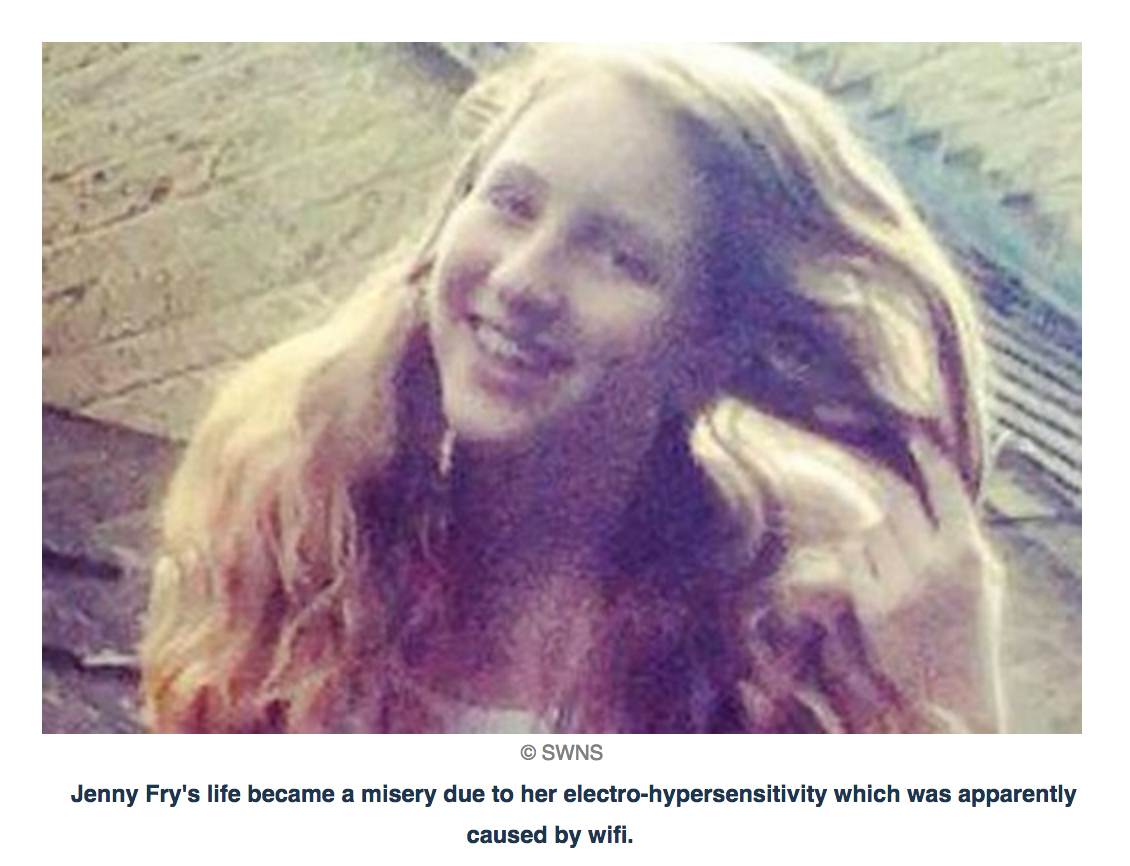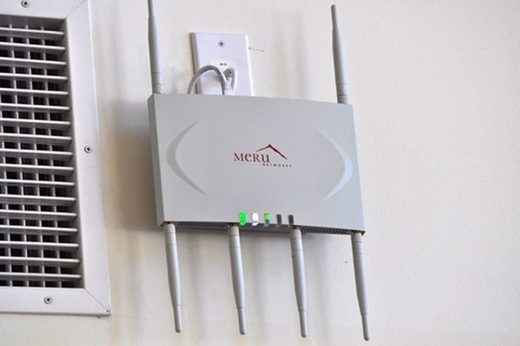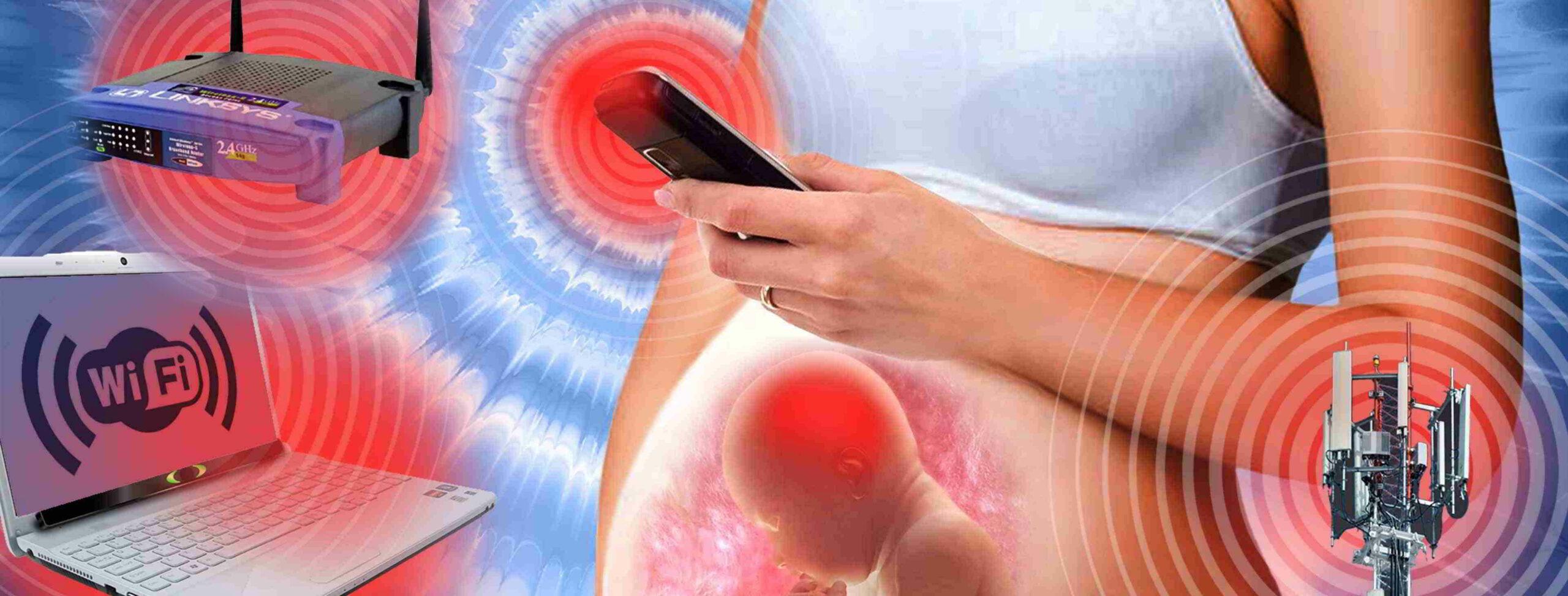
As someone who also suffers from a strong sensitivity to electromagnetic and microwave radiation, I cannot imagine what it must be like for a teenager to have the same condition. These young people want more than anything to fit in with their peers, and yet, our society has basically turned the children into appendages to their devices. It is unthinkable to imagine a 15-year-old without a cell phone or tablet. It’s even more difficult to imagine how it must feel to go into a school everyday where wifi frequencies are blasting that are making you sick. This poor girl.
MAY THE ENTIRE WORLD WAKE UP TO THE DANGER OF THESE MANMADE, EXTREMELY HARMFUL FREQUENCIES! WE HAVE TO PUT AN END TO THIS NIGHTMARE.
Source Article:
15 year-old girl commits suicide due to unrelenting symptoms of wi-fi allergy
https://www.sott.net/article/386857-15-year-old-girl-commits-suicide-due-to-unrelenting-symptoms-of-wi-fi-allergy
A leading cancer expert has called for a ban on school wifi networks over fears they could put children’s health at risk.
Dr Anthony Miller, an advisor to the World Health Organisation, says pupils could suffer long-term effects from exposure to the radio waves.
He warned: “Radiation from mobile phones and other wireless devices can cause changes in DNA and induce cancer in experimental animals.
“Children’s skulls are thinner and absorb much more of this radiation. We ignore this at our future peril.”
Campaigners claim an increasing number of people suffer from “electromagnetic sensitivity” – leading to symptoms from a lack of concentration to headaches and nosebleeds.
In one disturbing case, a 15-year-old is said to have taken her own life after being overwhelmed by tiredness, dizzy spells and even itchy skin due to wifi networks at her school.
We also found children removed from class by their parents after they began to suffer nausea and concentration issues – and even a teacher who claims he was affected himself.
Yet Public Health England insists wifi is safe as it uses similar frequencies to radio and TV and gives less exposure than mobiles.
And that means NHS doctors currently have no diagnosis for the condition – leaving those fearing they suffer from it with nowhere to turn.
Mum Debra Fry told how her daughter Jenny killed herself after developing the wifi “allergy”.
The 15-year-old hanged herself from a tree following two years of crippling tiredness, headaches and even bladder problems.
Debra, 57, said: “I believe she just couldn’t take any more. She had overwhelming fatigue, headaches and ear pressure, difficulty finding words, itchy skin, dizziness and stiff joints.
“She was getting into trouble at school because she couldn’t concentrate and needed to urinate more than usual, so was always leaving class.
“She’d always been a very good student and a very healthy child.
“I made sure she got the right nutrients, the right influences, the right education. I had no idea we were exposing her to something so dangerous.”
While many of Jenny’s symptoms could be put down to teenage hormones, Debra and partner Charles Newman are in no doubt they were caused by the wireless networking technology.

A wireless wifi router, the likes of which are now commonplace in schools and workplaces.
They say Jenny’s difficulties began when they and her school installed wifi at around the same time in late 2012.
But she improved when they took out their home wifi router months later. Debra, of Chadlington, Oxon, said: “All her symptoms eased or went away when she came home, particularly at weekends and holidays.
“We wanted to take her to the GP but thought our fears would be dismissed.”
She told how Jenny then failed to show up at school one day in June 2015. She said: “She’d texted a friend, hinting at what she was going to do. But they’d left their phone at home.
“When they realised something was wrong another friend came to tell me and we went out looking for her.”
Close to tears, Debra told how she saw her daughter in the distance, beside a tree.
She said: “I thought she was standing on the bough of the hill.
“I was calling out her name, asking if she was okay and reassuring her.
“It was only as I got closer I realised she wasn’t standing at all and there was a noose around her neck.”
Surveys have shown up to five per cent of people believe they are affected by sensitivity to radio waves. Experts are divided over whether the technology can actually cause harm.
And even insurance firms play safe, with some refusing outright to cover schools against claims for exposure.
Lloyds of London syndicate CFC Underwriting excludes school liability for injuries “resulting from or contributed to by electromagnetic fields, electromagnetic radiation, electromagnetism, radio waves or noise.”
Another firm, Zurich, will offer cover. But Tilden Watson, head of education products, said: “As with any insurance, we would consider the school’s specific involvement in use and supply of the technology.”
The International Agency for Research on Cancer – a branch of the World Health Organization – classes wifi as a Group 2B cancer risk, meaning there is not yet enough evidence to dismiss a possible link.
Wifi is included because it uses similar technology to mobile phones.
Public Health England says a year spent near to a wifi hotspot would give the same dose of radio waves as a 20-minute mobile call.
Canadian Dr Miller believes WHO should increase the risk rating.
He said: “We know that when humans are exposed to cancer-causing agents, it’s usually quite a delay before you see the full effect. We’re concerned when those children become adults their risk of cancer will be much greater.
“We could be storing up higher cancer rates in the future. Since radio frequency radiation was graded 2B there have been more studies showing this increased risk.
“In my view it should be on the same level as tobacco and asbestos. It should not be allowed in school.”
Schools in France, Belgium and parts of America already ban or limit wifi use. And campaigners are urging the UK to follow suit until more research is carried out.
Mum-of-three Alisa Keane has taken her three sons out of school because she believes the wifi was making them ill.
Alisa, of Downpatrick, Co Down, said James, nine, Conn, seven, and six-year-old Dara suffered headaches, nausea and concentration issues.
She is now home schooling them after seeing how the “fog” lifted away from the classroom.
And in Doncaster, dad Paul Lewis removed daughter Jessica from her junior school into a private academy after she developed headaches when wifi was introduced in the classroom.
Accountant Paul says Jessica, now 15, no longer suffers the mysterious symptoms. He said: “The frustrating thing is there is no need for school wifi.
“They should be using cables until it can be proved there is no risk from electromagnetic fields.”
Sarah Dacre, a trustee of charity Electrosensitivity UK, says they help “hundreds” of people with symptoms including tinnitus , skin rashes, muscle pains and memory loss.
She said: “There are clinics overseas which regularly diagnose ES with a range of tests.
“But there are no such places in the UK and most GPs have no training in handling it.
“New ES cases often tell us they’re unable to use smartphones or wifi routers, and that installation of smart meters has made their lives impossible.”
Diana Hanson, of the Safe School Information Technology Alliance, says parents convinced wifi is making their children sick are often “extremely distressed”.
She said: “People say the risk is minimal by comparing it to things on the Group 2B list such as coffee and exhaust fumes.
“But we don’t give our children 10 coffees a day or sit them in a room full of running cars.”
Classics teacher Michael Bevington works in a wifi-free classroom in Stowe, Bucks, after developing what he believes is electromagnetic sensitivity.
He said: “If people can be allergic to foods and chemicals, it makes sense we can be sensitive to radio waves.”
Although sensitivity to electro magnetic radiation is recognised by the WHO, its impact is still unknown and therefore it is very difficult to diagnose.
NHS doctors currently have no diagnosis criteria and it is therefore almost impossible to be treated for it.
Long term effects of exposure to WiFi technology are unknown so it could be years before disgnosis and treatment are commonplace.


